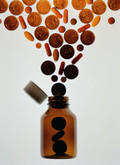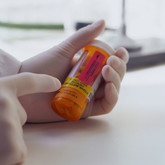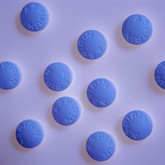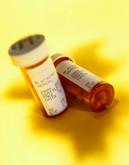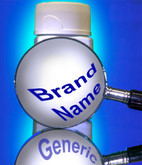Generics/Research
Approaches to assure quality and improve patient perceptions of generics in Japan
The rapidly ageing population in Japan has led the government to promote the use of generics in the universal health insurance system. This article provides an overview of the regulatory approaches available to confirm the quality of generics and achieve greater acceptance of these products by patients [1].
Significant price reductions possible for new cancer drugs
Generic production could drastically reduce the prices of novel cancer drugs and make treatments accessible to thousands more people each year, according to a study by Hill et al. [1].
Generics could cut costs of cancer drugs by over 99%
Generics manufacturing and import of novel cancer drugs could massively reduce their costs in the UK, according to a study by Hill et al.[1].
Evolution of scientific research on generic drugs
A review of peer-reviewed scientific articles carried out in January 2013 on generic drugs published on PubMed/MEDLINE from the date of the first published article on generics (1954) to 2012 was undertaken by Lucas-Dominguez et al. (2016) to establish the current status of research in this area. According to the authors, this is the first study to evaluate evolution of research on generic drugs.
Potency of generics of piperacillin/tazobactam
In an era of increasing bacterial resistance, the potency of antibiotics is critical. Researchers from the Tata Medical Centre, Kolkata, India tested the relative potency of different generic brands of the piperacillin/tazobactam antibiotic [1].
Delaying generics using citizen petitions
A study of citizen petitions submitted to the US Food and Drug Administration (FDA) over the last 12 years finds that such petitions are being used by drug companies ‘in a last-ditch effort to hold off competition’ [1].
Promoting and regulating generics in Brazil
Generic drug substitution constitutes a core instrument of countries’ strategies to reduce the price of drugs and expand access to health care. To that end, scholars and international organizations have encouraged adoption of a range of policy instruments that countries can use to promote the use of generics, focusing on measures to increase both the demand for and supply of such products.
Rising costs of cancer treatments not matched by clinical efficacy
The high prices of new cancer treatments are a major barrier to access in low-income countries and placing growing pressure on developed countries. In their study, author Hill et al. estimated the lowest possible treatment costs for four new cancer drugs, showing that manufacturing of generics alternatives could significantly reduce treatment costs [1].
Generics and brand-name drugs compared
What differentiates generics from brand-name medications? That is a question that Andrea Bakker from the Faculty of Medicine of the University of Ottawa tried to answer [1]. In her commentary she explored how differences in licensing affect drug efficacy and how the pharmaceutical landscape in Canada affects patient care.
Switching stable kidney transplant patients to generic tacrolimus safe
Researchers from Chile have found that switching stable kidney transplant patients to generic tacrolimus is safe. However, they caution the transplant community to carefully monitor any switch to generics [1].


